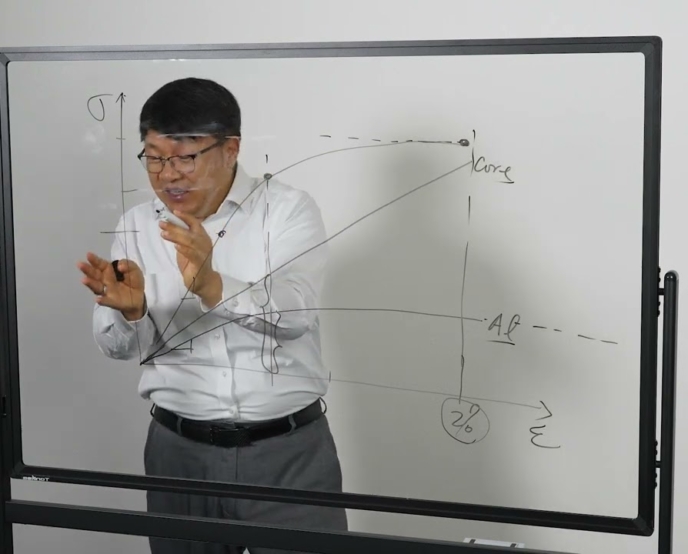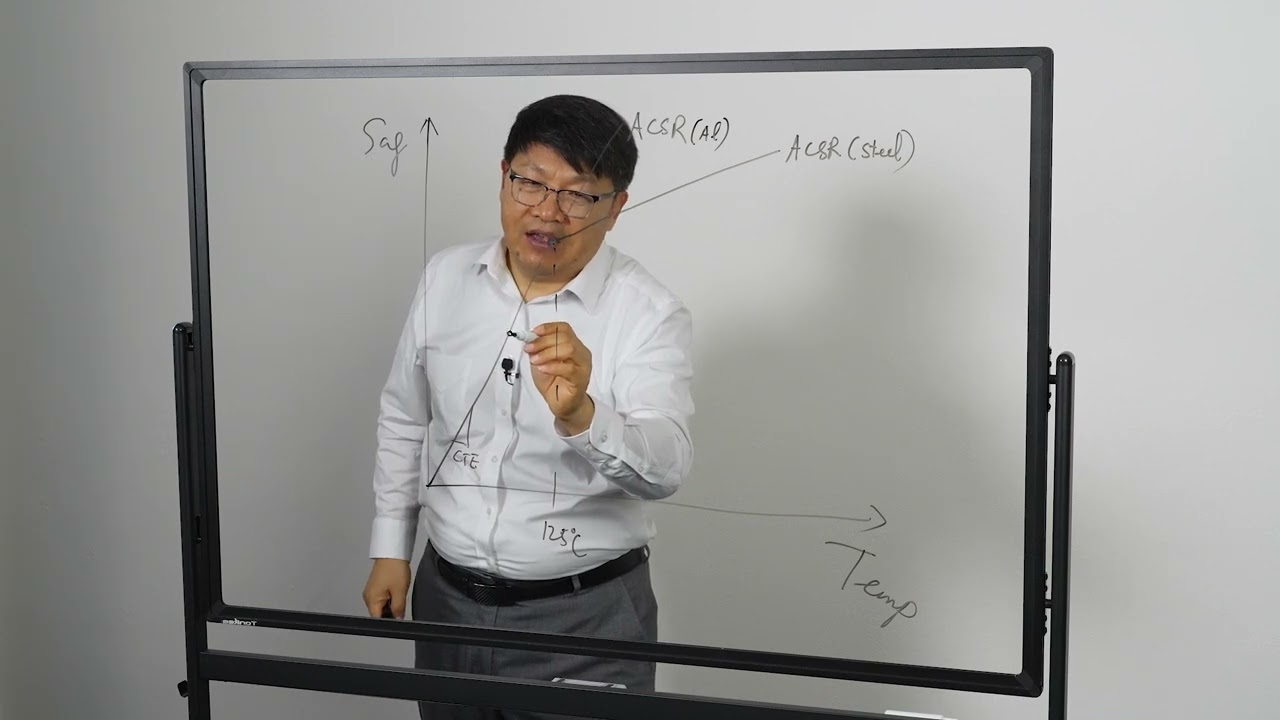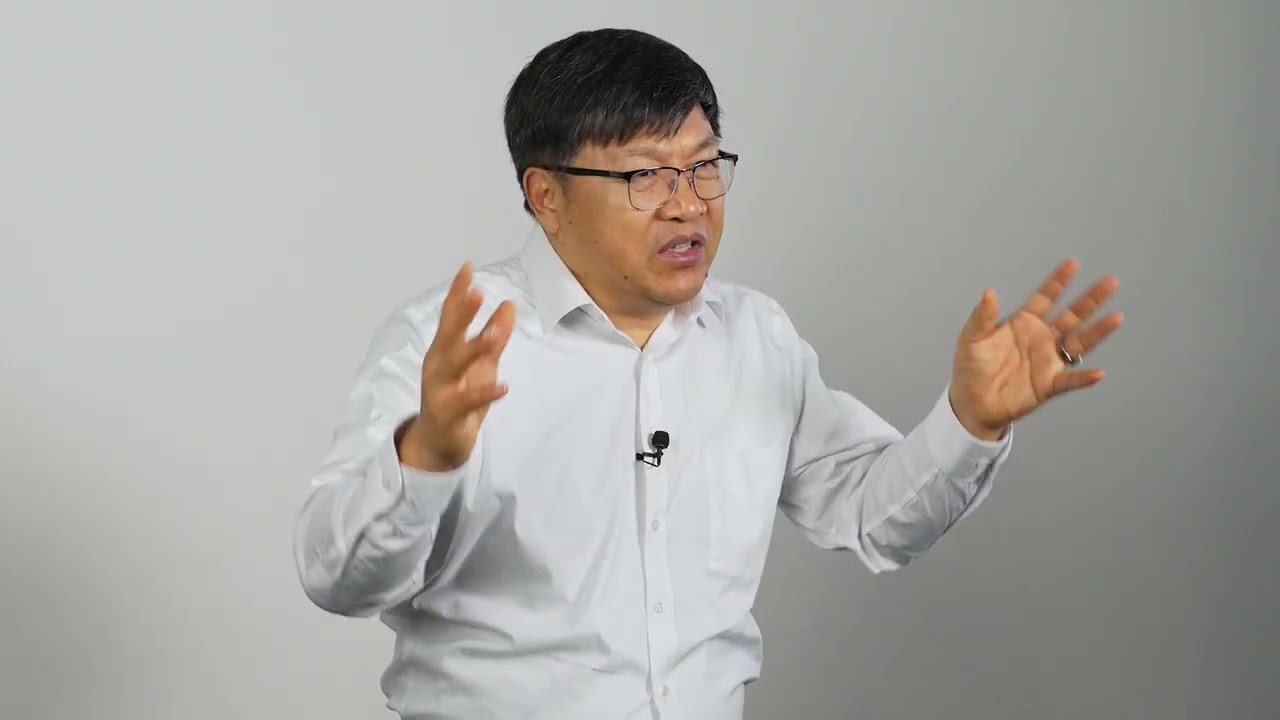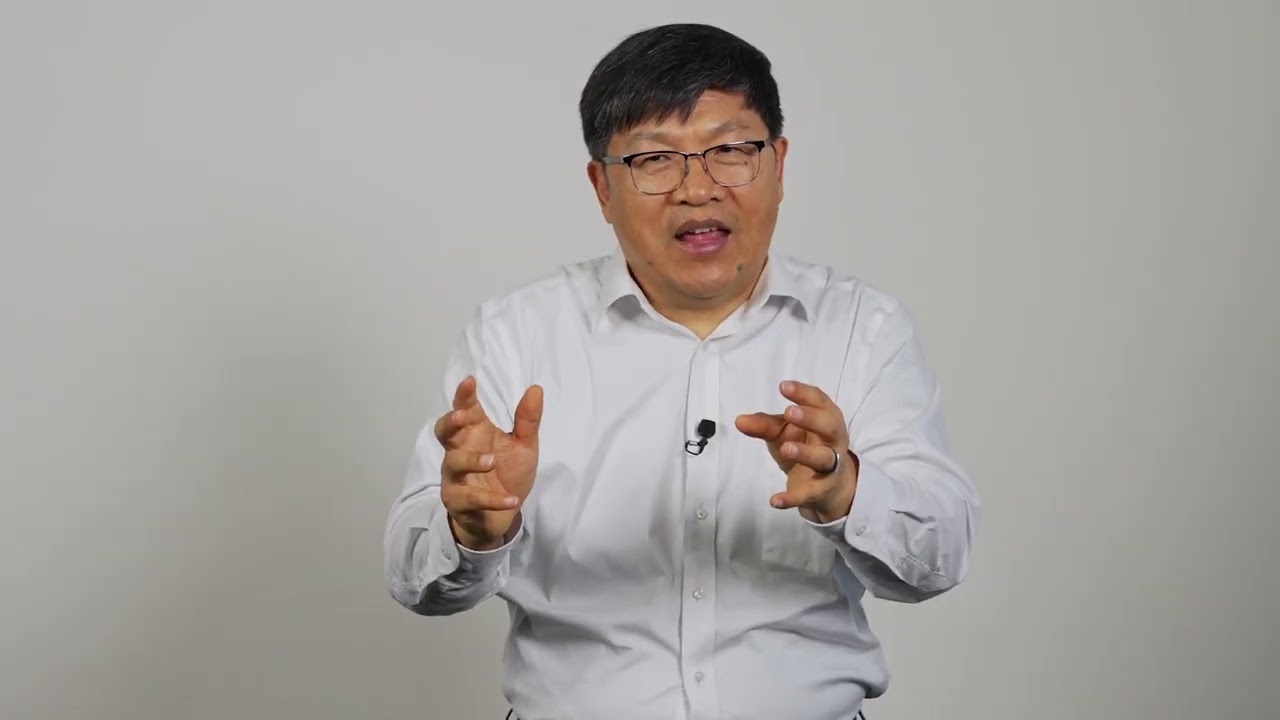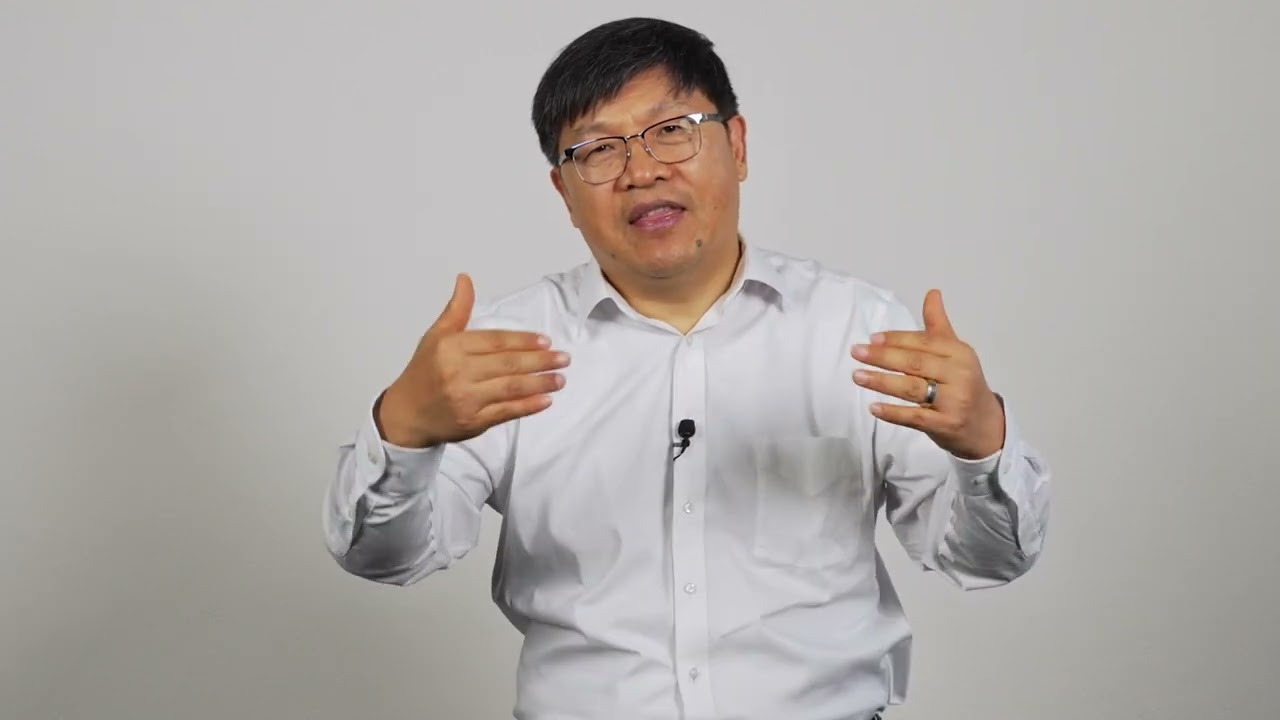Transmission line conductors experience complex mechanical stresses throughout their operational life. Understanding how conductors respond to these stresses, particularly the phenomenon of creep, is essential for proper transmission line design and long-term reliability. This understanding helps engineers optimize conductor selection, installation procedures, and maintenance practices.
Stress-Strain Behavior
The mechanical response of a conductor is determined by two primary components: the composite core and the aluminum strands. The composite core exhibits purely elastic behavior, meaning it deforms linearly under stress and returns to its original shape when the stress is removed. This elastic response is limited to approximately 2% elongation, making the core highly stable and predictable.
The aluminum strands demonstrate both elastic and plastic behavior. In their initial loading region, they respond elastically like the core. However, once they exceed their yield point and enter the curved portion of their stress-strain curve, they begin to experience plastic deformation. This plastic deformation can reach 20-30% elongation, if without core constraint, and is permanent, unlike the elastic behavior of the core.
The total conductor stress-strain curve represents the mathematical sum of these two components working in parallel. This combined response determines the conductor’s overall mechanical behavior under varying load conditions.
Creep Mechanisms
Creep in conductors refers to the gradual, permanent elongation that occurs over time under constant mechanical stress. This phenomenon primarily occurs in the aluminum strands, as the composite core maintains its elastic properties. In fully annealed aluminum strands, creep allows the strands to gradually elongate and transfer their tension load to the composite core.
This load transfer process is a fundamental aspect of conductor behavior. As the aluminum strands creep, they reach a more relaxed state while the composite core takes on a greater share of the mechanical load. This process continues until the conductor reaches a stable configuration determined by the properties of both components.
Engineering Benefits
The creep behavior of conductors, particularly those using annealed aluminum strands, provides significant performance advantages. As the aluminum strands transfer load to the core through creep, they become more mechanically free to move. This freedom of movement enables natural damping mechanisms within the conductor.
The relaxed state of the aluminum strands creates excellent self-damping characteristics for managing aeolian vibration. When combined with trapezoidal wire design, which maximizes surface contact between adjacent strands, the conductor achieves optimal frictional damping. This natural damping mechanism helps protect the conductor from fatigue damage caused by wind-induced vibration.
Practical Implications
Installation procedures must carefully account for the mechanical properties of both the core and aluminum strands. During installation, excessive bending must be avoided to prevent permanent deformation of the aluminum strands, which could lead to “birdcaging” where strands permanently separate from their intended positions. Following minimum bend radius guidelines similar to those used for ACSS conductors helps prevent these issues.
Long-term conductor performance depends on understanding and accounting for creep behavior. Engineers must consider the load transfer between core and strands in their structure designs and recognize that the conductor’s self-damping characteristics may reduce or eliminate the need for external damping devices. This comprehensive understanding of conductor mechanics enables optimal design decisions that ensure reliable, long-term performance.
